There are five issues that I believe most commonly set back street photographers. While the genre can be incredibly difficult at first, reducing these mistakes will significantly help you to make your photographs both look better and be more interesting.
A few of these tips are technical, a few are conceptual, and a few are a mix of both. Street photography is both a tough technical challenge and a tough conceptual challenge and so it can help to think about it from both sides.
Slow Shutter / Low Aperture / Low ISO
Before we can focus on the conceptual, it’s important to have a strong handle on how to best set up your camera for street photography. Moments in street photography happen so fast and the scenes are constantly in motion making your settings incredibly important.
You need a fast shutter speed to freeze motion in people. During the day, I always like to stay at 1/250-second or faster, and at night I try to stay above 1/125-second or 1/80-second unless I want more motion in the photographs.
Shooting with a large aperture such as f/2.8 can create a wonderful look if that’s what you’re going for, but I much prefer to shoot around f/8 whenever possible. The added depth of field will often cover up any focusing mistakes that are frequently made because it’s so tough to focus correctly when your subjects are moving. In addition, in more complex scenes with multiple subjects, this will make sure they are all relatively sharp. A shallow depth of field can create a great look, but it can also hamper you for a majority of great moments.
Finally, raise your ISO! To have a fast-enough shutter speed and enough depth of field to consistently come back with sharper shots, unless the lighting is perfect, something has to give. And that’s the ISO. I typically shoot at ISO 400 in sunlight, ISO 800 in light shade on a sunny day, ISO 1600 in dark shade, and ISO 3200 and 6400 from dusk into night. The added grain will not be a problem and it will be offset by the fact that your photographs are much sharper.
Not Slowing Down and Waiting
If you’re a fast walker, it can be a great practice to force yourself to slow down more and even to stop. It’s hard to walk fast and still pay attention to subtle and quick moments out there. Instead, slow down and use the added attention to look around.
If you’re in an area where you think there are no good photographs, it can actually be a good practice to stop yourself and try to find a photograph. Sometimes you will create your best work this way. Our perception of an area often makes us disregard it, despite there being a lot of opportunity.
Finally, find a great location and wait around. Put yourself in the middle of a busy or even a quiet area and just let your subjects come to you. This will make it easier to get close photographs of them because they will be entering your personal space instead of you entering their space. It will also allow you to pay more attention to your surroundings and you will be more perceptive.
This doesn’t mean you shouldn’t walk around, you should! But slow down and stop occasionally.
Only Shooting in Busy Places
Busy places can be wonderful locations for street photography and great places to learn, but they’re not any better or more interesting for street photography than quieter areas.
Spend some time in both types of areas, but take yourself to quiet or ‘boring’ areas and try to figure out how to create interesting photographs there, whether there are people there or not. Try to show what is fascinating about the area.
Look for scenes that show not only what a place looks like but what it feels like. Many incredible street photography projects have been done in quiet areas.
Being Too Forced / Lacking Spontaneity
Many photographers do what I call forced street photography. It consists of finding a location with a great background or sometimes strong lighting, and waiting for any person to walk into the scene to complete the photograph.
This can create some wonderful moments of course, but try to not rely on it. Sometimes if you have a wonderful background, a person is not always needed to complete the scene. Just capturing a person walking through can be detrimental. If it’s a great background, you need to have a great, complimentary person or moment to complete it. Otherwise, just let the surroundings stand out on their own.
Work to increase your spontaneity. Try a prime lens, which will allow you to become quicker with the camera and more in-tune with the focal length since you will be strictly using it. Go with your gut more and experiment more. Take more chances.
Shooting this way will ultimately lead you to take more bad photographs at first, of course, but you’ll find that some of the moments you capture will stand out and they will stand out in a very different way. They will feel more real and unplanned.
Not Paying Enough Attention to Expressions and Gestures
No matter how flashy or unique a person looks, if they do not have any emotion or feeling to them, the photograph will often be lacking. I would rather have the most regular looking person with an incredible expression or emotion than the flashiest person just standing there.
Look for people who wear their emotions on their sleeve, so to speak. Who is feeling something? Look at their eyes, their expressions, or the gestures in their bodies.
It can be difficult to capture photographs with great expressions or looks in people’s eyes, but you’ll get much better at it the more you pay attention. And when you capture that perfect expression, it will create an incredible photograph.
About the Author:
James Maher is the author of Essentials of Street Photography, which covers everything about the genre even down to specific post processing techniques that can bring the best out of street scenes.
Like This Article?
Don't Miss The Next One!
Join over 100,000 photographers of all experience levels who receive our free photography tips and articles to stay current:
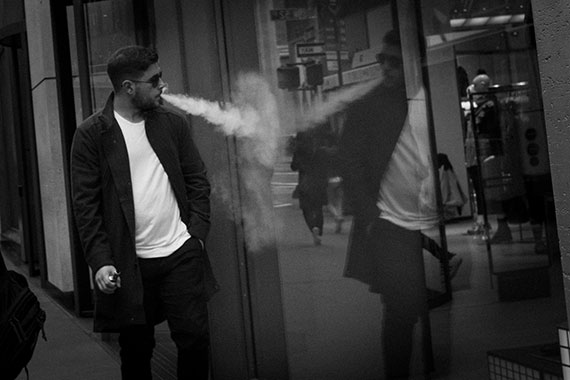
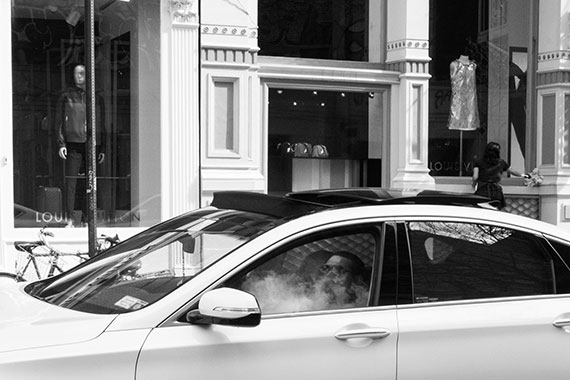
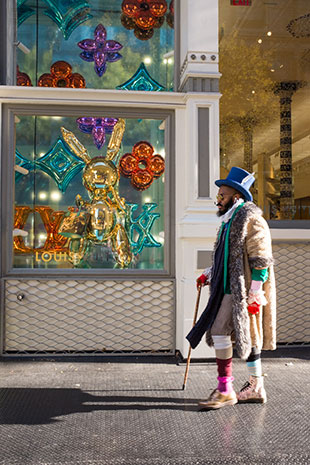
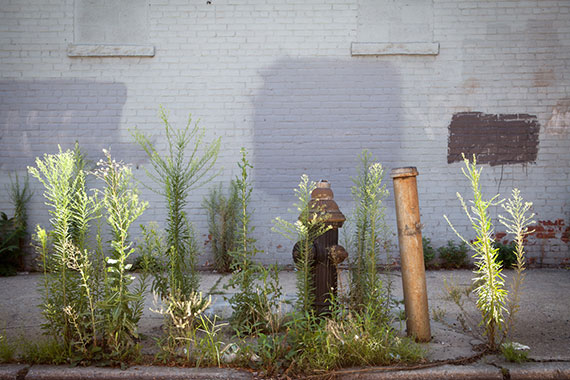
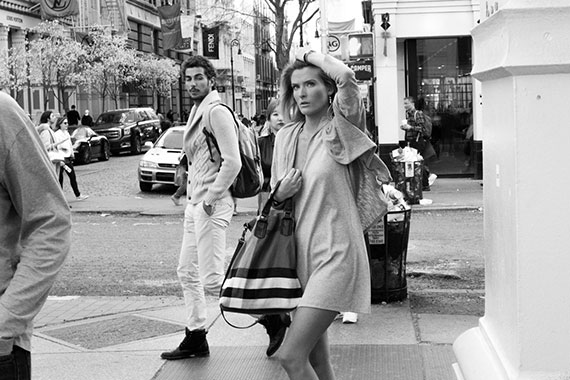
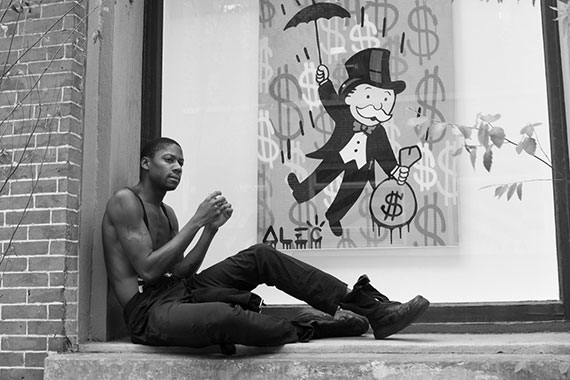
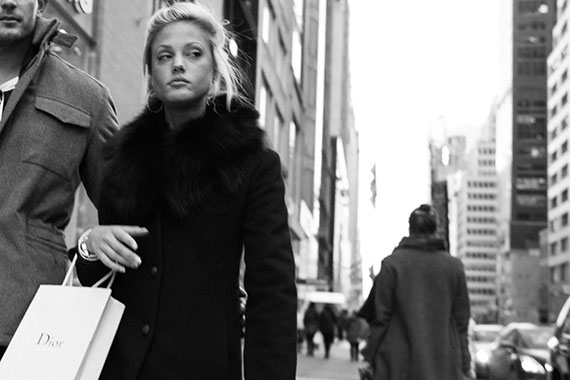






Leave a Reply